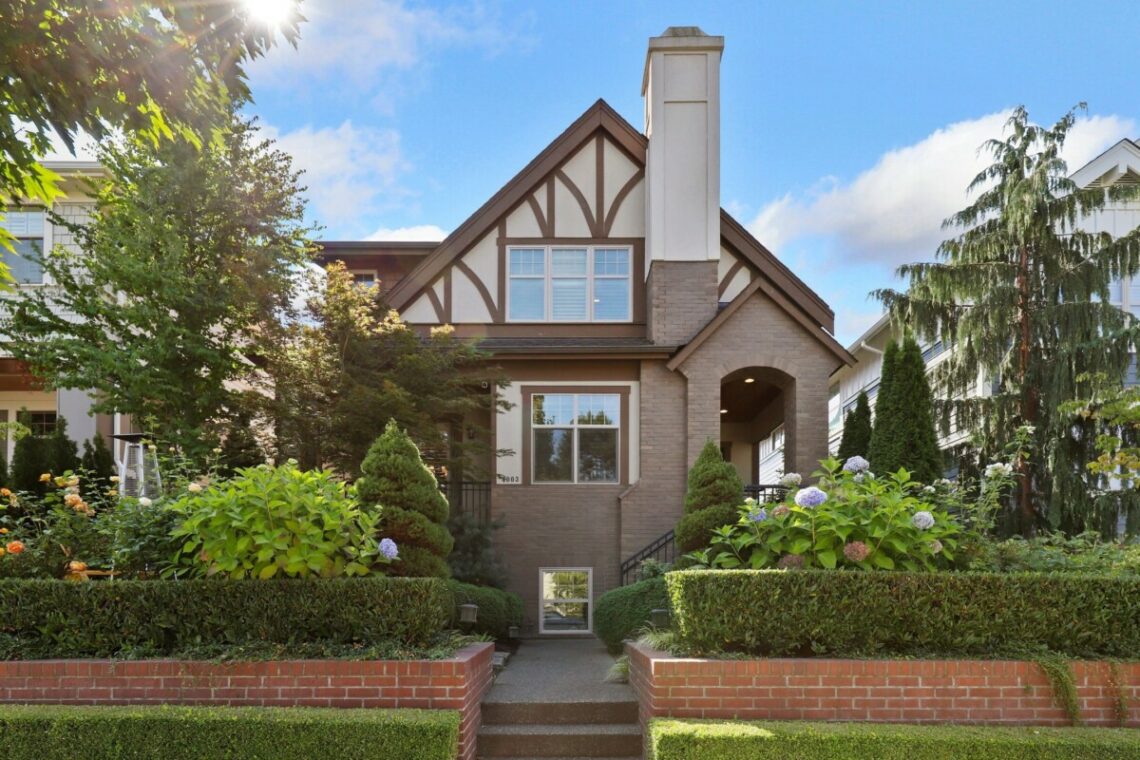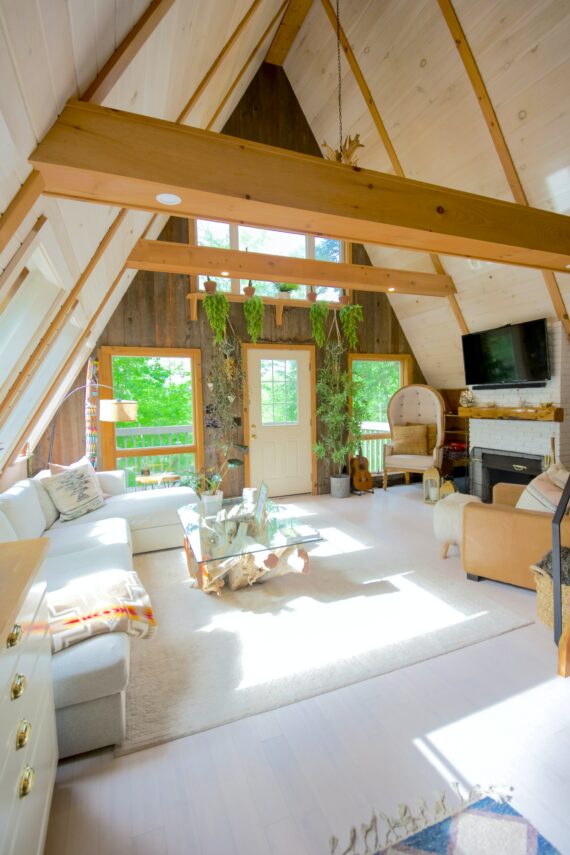Homeowners insurance is essential in safeguarding your home, personal belongings, and finances from unforeseen events, such as natural disasters, theft, or damage. However, determining the appropriate amount of coverage can be challenging for many homeowners. This quick guide will examine the key factors that impact the necessary coverage, including location, age, and condition of the property, personal property and liability coverage needs, and more.
For instance, cities such as Miami, Houston, and Los Angeles are prone to natural disasters like hurricanes, floods, earthquakes, and wildfires, respectively, which can affect the cost of insurance coverage. With this quick guide, you will be better equipped to evaluate your coverage needs and choose the right policy to ensure that your home and personal belongings receive adequate protection.

Understanding homeowners insurance
The first step in determining how much homeowners insurance you need is to understand the basics of homeowners insurance. Homeowners insurance is a type of insurance that provides financial protection against damage or loss to your home and personal property. Most standard policies provide coverage for damages caused by fire, theft, vandalism, and certain natural disasters. Homeowners insurance can also provide liability coverage, which protects you if someone is injured on your property and you are found responsible.
It’s important to understand the different coverage options available to you when selecting a policy. Standard policies may have limits on coverage, and additional coverage options may be necessary depending on your specific needs. It’s also important to understand the limits of coverage, which can vary depending on the policy and insurance provider. In the next section, we will discuss the factors that affect the amount of coverage you need.
Factors that affect the amount of coverage needed
Several factors can impact the amount of coverage you need for your homeowners insurance policy. The location of your property, the age and condition of your home, the cost to rebuild or repair the property, and your personal property and liability coverage needs are all factors to consider when assessing your coverage needs.
Location of your property
The location of your property can impact the cost of your homeowners insurance policy. If your property is located in an area prone to natural disasters, you may need additional coverage to adequately protect your home and personal belongings. In fact, according to a recent survey from Policygenius, many homeowners may not have enough insurance to rebuild their homes in the event of a disaster. The survey found that over 60% of homeowners have not updated their insurance coverage in the past year, leaving them vulnerable to gaps in coverage due to inflation and other factors. To ensure that you have enough homeowners insurance to rebuild after a disaster, it’s important to assess your coverage needs regularly and adjust your coverage limits accordingly.
Age and condition of your home
The age and condition of your home can also impact your coverage needs. Older homes may require more coverage due to the increased risk of damage or loss, and newer homes may require less coverage. Additionally, if you have made upgrades or renovations to your home, you may need additional coverage to protect the increased value of your property.
Cost to rebuild or repair your home
The cost to rebuild or repair your home is another important factor to consider when determining your coverage needs. The cost to rebuild or repair your home can vary depending on factors such as the square footage of your home, the materials used to build it, and the location of your property. It’s important to ensure that your coverage limit is sufficient to cover the cost of rebuilding or repairing your home in the event of a loss.
Personal property and liability coverage
Finally, your personal property and liability coverage needs should also be taken into consideration when determining your coverage needs. Personal property coverage protects your personal belongings, such as furniture, electronics, and clothing, while liability coverage protects you if someone is injured on your property, and you are found responsible.
Assessing your coverage needs
Assessing your coverage needs is an essential step in determining how much homeowners insurance you need. To determine the amount of coverage needed, you should calculate the value of your home and personal belongings and consider your liability coverage needs.
Calculating your home value
To calculate the value of your home, you can use a home value estimator tool to see how much your home is worth or consult a professional appraiser. It’s important to ensure that your coverage limit is sufficient to cover the cost of rebuilding your home in the event of a loss. Additionally, you should consider the value of your personal belongings, including furniture, electronics, clothing, and other items.
Determining liability coverage
When determining your liability coverage needs, consider the potential risks associated with your property. If you frequently entertain guests or have a pool or other recreational equipment on your property, you may need additional liability coverage to protect yourself in the event of an accident.
Once you have assessed your coverage needs, it’s important to evaluate and adjust your coverage limits accordingly. Regularly reassessing your coverage needs can help ensure that you have adequate protection for your home, personal belongings, and finances.
Choosing the right homeowners insurance policy
Choosing the right homeowners insurance policy is a crucial step in ensuring that you have the coverage you need to protect your home and personal belongings. When selecting a policy, you should compare different policy types and understand deductibles and premiums.
There are several types of homeowners insurance policies available, including basic, broad, and special form policies. Basic policies provide coverage for specific named perils, while broad policies provide coverage for a wider range of perils. Special form policies provide coverage for all perils, except for those specifically excluded in the policy.
Deductibles and premiums are also important considerations when choosing a policy. A deductible is the amount you will have to pay out of pocket before your insurance coverage kicks in. Higher deductibles can lower your premiums, but may also increase your out-of-pocket expenses in the event of a loss.
When comparing premiums, it’s critical to consider the coverage limits and deductibles associated with each policy. A lower premium may seem attractive, but it may also provide lower coverage limits or higher deductibles.
It’s also essential to carefully read the terms and conditions of each policy before making a decision. Understanding the specific terms and exclusions of a policy can help you select a policy that best fits your needs.
How much homeowners insurance do you need? Bottom line
Determining how much homeowners insurance you need is an important step in protecting your home, personal belongings, and finances from unexpected events. Factors such as the location of your property, the age and condition of your home, the cost to rebuild or repair your home, and your personal property and liability coverage needs all play a role in determining the amount of coverage you need.
To assess your coverage needs, it’s important to calculate the value of your home and personal belongings and consider your liability coverage needs. Once you have determined your coverage needs, you can choose a policy that provides adequate protection for your home and personal belongings. Also, regularly reassessing your coverage needs and adjusting your coverage limits accordingly can help ensure that you have the protection you need to weather unexpected events.



Bummer prices for insurance is SO high lots of people are in this situation. I live in Palos Verdes and my insurance doubled because I’m in a fire zone area